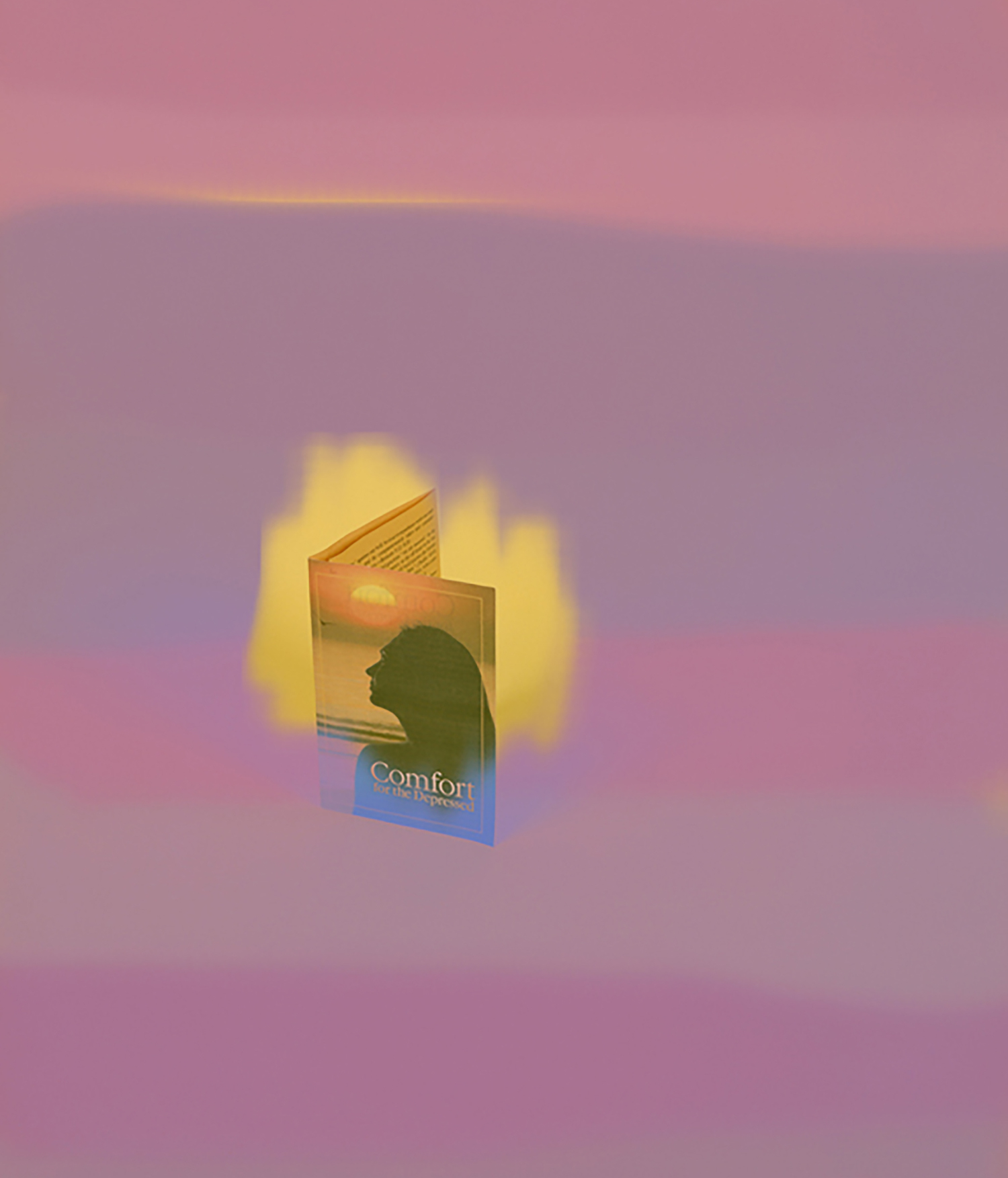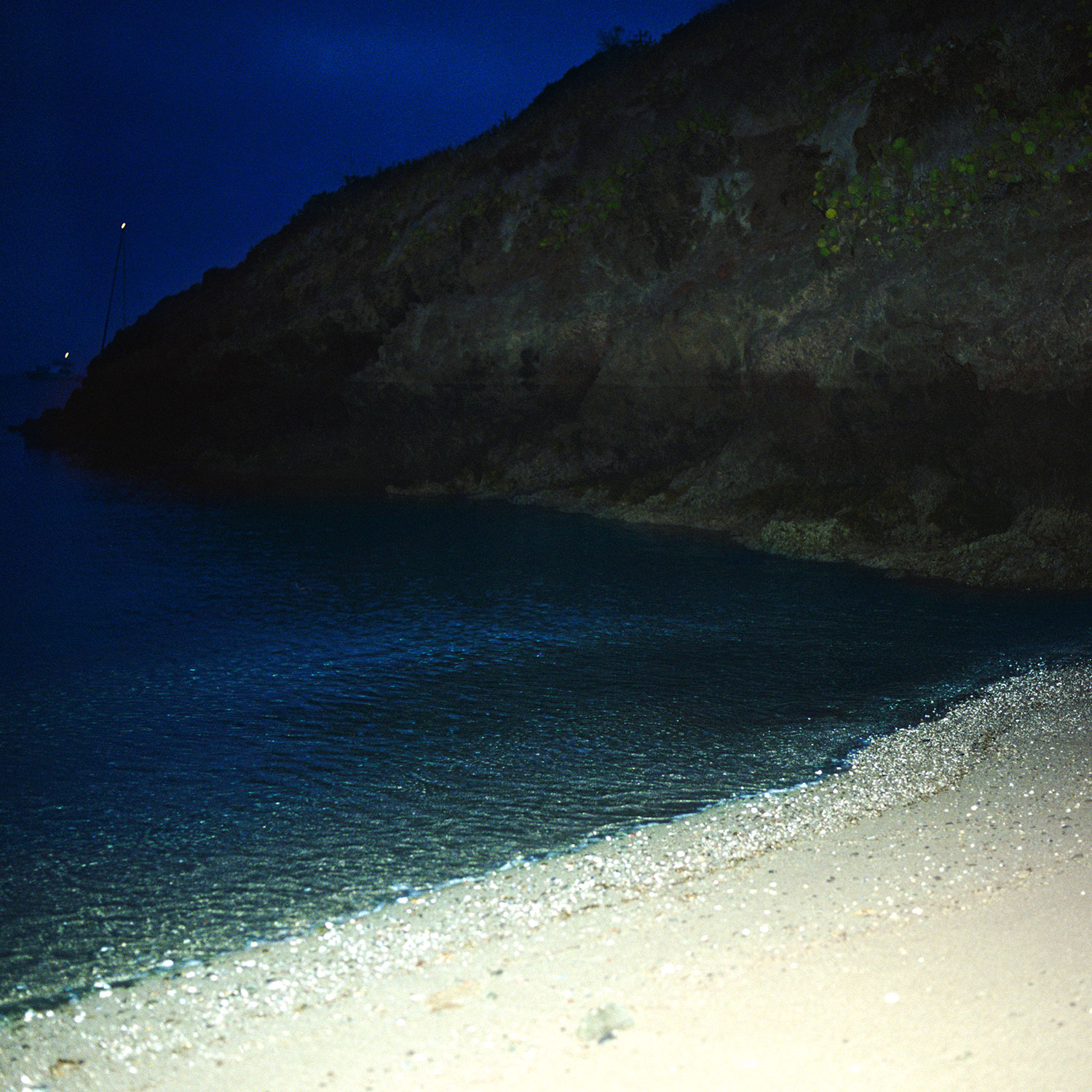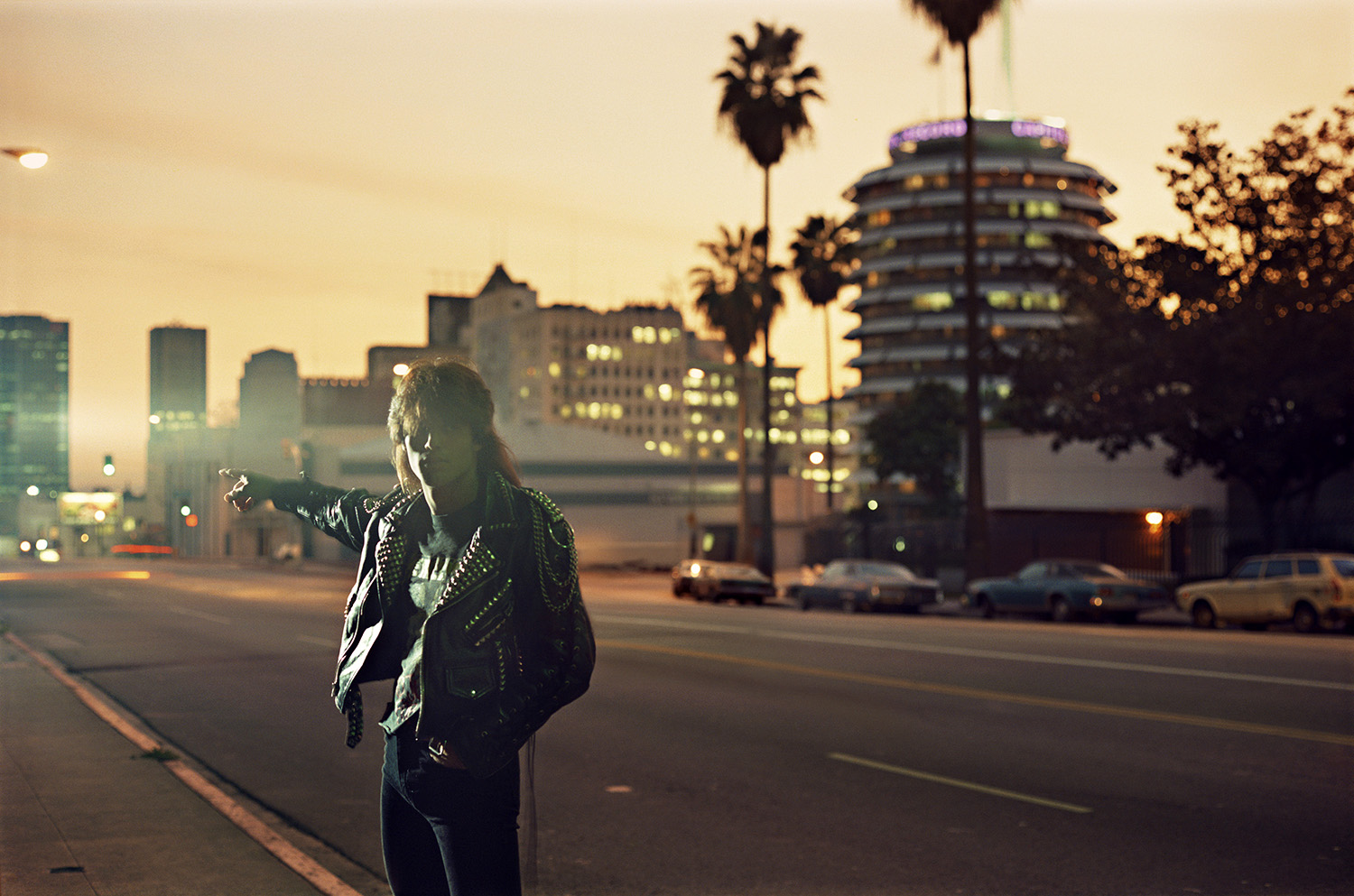Pioneers, explorers, gold-diggers, fortune-seekers… They reached the West and settled. Then what happened to their mindset? Did it become still or did it still roam — dreaming of going further west, walking on the ocean, thinking of the impossible? Can we accept at once the physical limits of something we’ve only dreamt?
As Jean Cocteau once said, “The soul doesn’t travel as quick as the body.” It is this peculiar state of mind that I will try to portray through different examples of films and artworks. A dream in the distance is a desire; a dream at hand is an opportunity. Los Angeles is the city of distant dreams, often projected onto a silver screen. What if the entire city were a solitary room whose inhabitants dream collectively? New York, on the contrary, offers less time for contemplation: it is a city of opportunities. Its natural horizon line is concealed. Horizontal lines are traded for vertical ones. If the LA landscape offers self-reflection, the NY landscape urges you to channel and focus on your career.
Seconds (1966) by John Frankenheimer gives a fascinating perspective on this LA-NY opposition. Arthur Hamilton is a wealthy middle-aged man who lost interest in life. With the help of a secret company, he is offered a new identity (through surgery) and a new life. Under hypnosis, he vocalizes his childhood dream: to be a painter. Once set, he flies to LA to move into his new house, his new life, his new name and his new self. As he walks on the beach, he stares at the horizon, hoping he will be able to live up to the dream of a new self. NY is a factory that designs new identities, and LA is a playground where these fresh identities can spread their wings. NY and LA are, respectively: the laboratory and the tarmac; the ant and the grasshopper; the center of the universe and the surrounding milky way; centripetal and centrifugal force; speed and stillness.
In the photogravure diptych Paradise (1989), John Baldessari captures two moments at the beach: a woman wandering and a couple chatting near the dunes. In the sky, their symmetrical double, in a Matissian collage fashion, are upside-down, like falling Icaruses. Paradise is the place where one expels his cumbersome doppelgänger and defeats his nemesis. Beyond the sun and the balmy wind, paradise is a place where identity forges itself and shines.
The final scene of Robert Aldrich’s What Ever Happened to Baby Jane? (1962) is a poignant moment on the beach in which Blanche tells the truth to her sister Jane. Blanche was once jealous of her sister’s success as an actress and confesses she tried to kill her. But this only led to her own injury and paralysis. The two sisters realize they have lied to each other their entire lives. It’s too late: Jane’s mental condition is deteriorated, and she starts dancing in front of a small crowd to get the attention she’s been craving for so long. Here, the beach is the very last stage before oblivion, and Jane performs for the very last time, in a decadent glow, before her own madness washes her away.
The ocean horizon overlaid with text in Ed Ruscha’s paintings could refer to conversations we have with ourselves while staring at the sea: a chat with the ocean of our own desires. Sea of Desire might be the California Dreamer’s inner voice; he has reached the end of his trip. His desire can’t take him further, unless he acknowledges that the sea is the measure of his quest. Travel Agency’s purpose is different still. It’s a conversation between two people staring at the horizon. Relaxed, we can even picture them smiling, delighted to have found the ultimate place. John Divola’s “Zuma Beach” series (1977) has its own cinematographic quality. The photographer found deserted, vandalized houses and spray-painted them himself, adding to the sense of desolation. The romantic landscape is framed by decaying windows. The dark habitat and the clear sky thereby collide, as if they were placed together in a collage. The viewer is left to contemplate the grandiose from a derelict point of view; to encounter nature’s wonders from the vantage of urban waste; and to metaphorically look to the afterworld at the verge of death. The last stop of the California Dream itinerary is the beach. With our feet in the sand, our desires seek the horizon line. We can hear our inner voices (Ed Ruscha), feel anxiously romantic (John Divola), see how we handle the truth and dance our delusions away (Robert Aldrich) or decide it’s time to embrace our uniqueness (John Frankenheimer and John Baldessari).





